Waterloo's hope chest of history
African-American Historical and Cultural Museum now open for regular hours

WATERLOO — On election night 1988, Ruth Bluford Anderson stood in front of a crowd of cheering supporters in front of the historic Black’s Building in downtown Waterloo.
It was an appropriate setting, because on that night, the native Oklahoman and University of Northern Iowa professor had made history.
“Someone told me I’m the first of something. But whatever it is, I’LL TAKE IT!” she said as the cheers crescendoed.
On that pleasant early November night in 1988, she became the first Black person elected to the Black Hawk County Board of Supervisors. She was elected to that post by a vote of citizens of the entire county — Black, white or brown.
Ruth Anderson passed away in 2013. Today, her campaign literature, photos and correspondence sit on display in silent testimony to her achievement in Waterloo’s revived African-American Historical and Cultural Museum, in a converted rail boxcar symbolic of the way that earlier generations of many of Waterloo’s present-day Black families came to the community more than a century ago.
Artifacts of Anderson’s milestone campaign, along with many other historic items, were stored away for a long time in the museum, dormant for about a decade. Now a corps of volunteers has gotten the museum in shape and conducted a “soft” reopening in recent weeks.

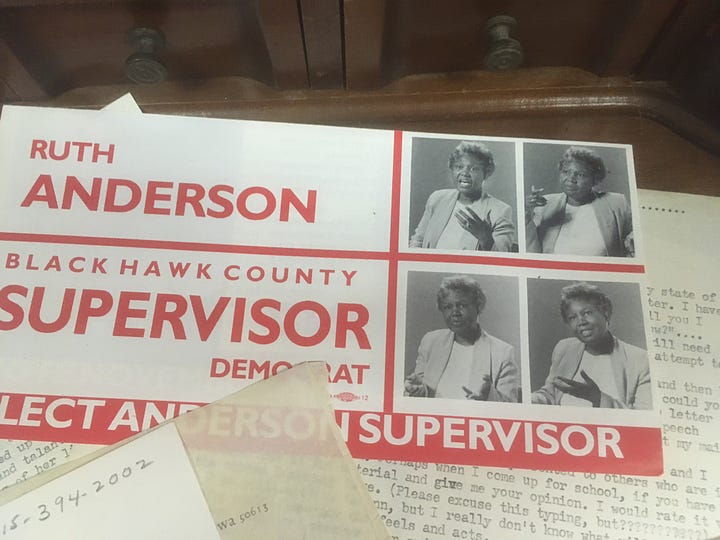
“Our hours of operation will be Wednesday Friday and Saturday, 11 a.m. to 4 p.m.” museum board chair Ryan Madison said. It’s believed to be the first time the museum, previously only open by appointment, has had regular operating hours. Madison previously has said those hours would be in place through this October.
“It has been a slow process,” Madison said. “I hope that opening the museum and showing people our progress will spark some interest.”
The “soft” opening two weeks ago attracted a school tour, student journalists from Waterloo East High School as well as many longtime residents who not only remembered the history inside the museum but were able to add to and amplify it and offered additional donations of artifacts.
Board member Terrance Campbell said, “It seems to be a lot of retired teachers, doctors and persons that knew the history of the boxcar from way back when. And so it sparked their interest as to where are now. And they wanted to come back and see it. It is interesting. They were in support of it way back when, and so they’re happy that we’ve picked up the mantle and decided to continue to make this come to fruition.,,And they want to donate their own artifacts.”
“Everybody seemed to be impressed and amazed with what we had done in a short period of time, and the different artifacts,” Madison said. “A lot of people were impressed with what we had in there and the progress that has been made.'“
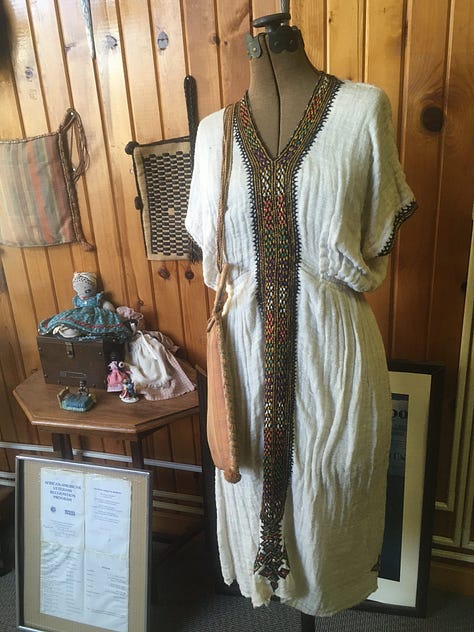
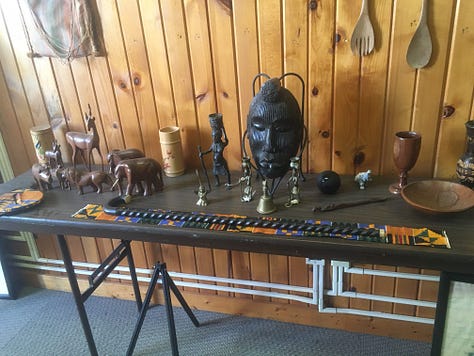
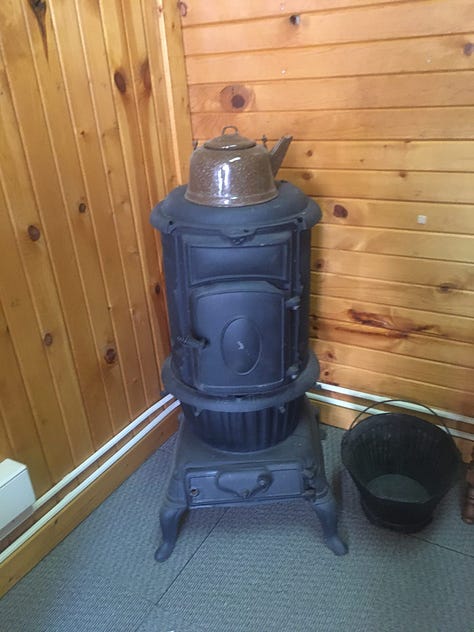
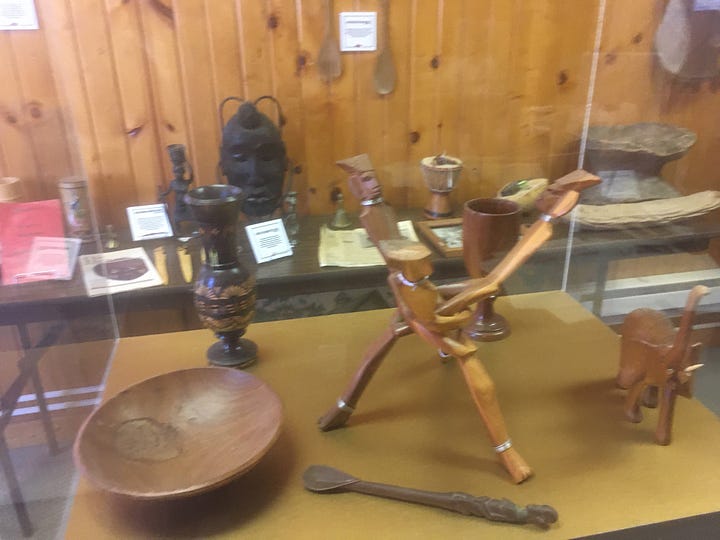
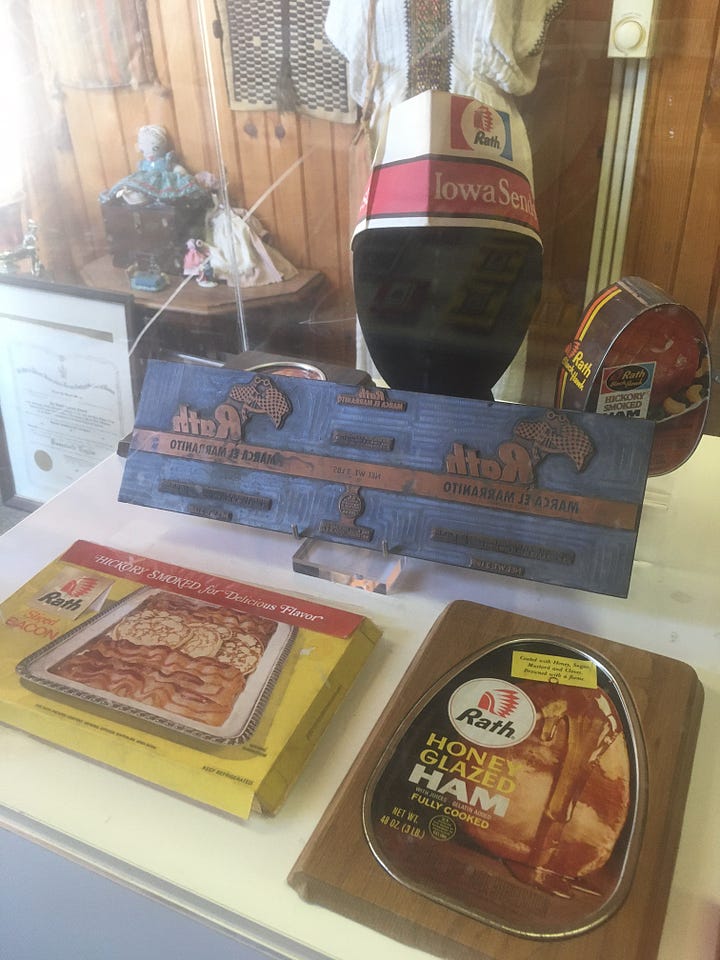
Young people unaware of the museum’s history “were very impressed with the artifacts and we had a lot of discussion on different things about the artifacts,” Madison said. Some even indicated an interest in volunteering.
“They were excited to be there, and we tried to put the bug in their ear, ‘Make sure you tell your parents,’ “ Madison said.
The museum is now trying to keep its name and what it has to offer out in the public eye going forward. “We’re trying different avenues to get in front of people, let them no we’re open and available,” Madison said, including social media and personal community outreach. They’re also researching options for additional signage on the facility. The museum also plans to be involved in the annual Juneteenth celebration in the neighborhood.
The boxcar museum and an adjoining outdoor pavilion occupy a corner of East Fourth and Adams Streets in the city’s traditionally Black north end of town, just north of what is now the Canadian National tracks across from Sullivan Brothers Memorial Park.
The museum is a life-size hope chest of history — a history of the hope and struggle for a better life for a group of citizens that make up nearly one fifth of the city’s population. And it contains keepsakes of the culture, and courage, of their forebears.
Along with the display about Ruth Anderson — who created and headed the department of social work at UNI and was the county’s first Black social services director — is another exhibit commemorating late longtime “community giver” Roosevelt Taylor, who passed away in 2017.
He was a Korean War-era U.S. Army veteran and part of the vanguard of desegregation of this nation’s armed forces. He was a longtime John Deere employee, involved with the Disabled American Veterans and Black fraternal organizations. He also became a board member of what was, during his service, the largest credit union in the state, the present-day Veridian Credit Union.
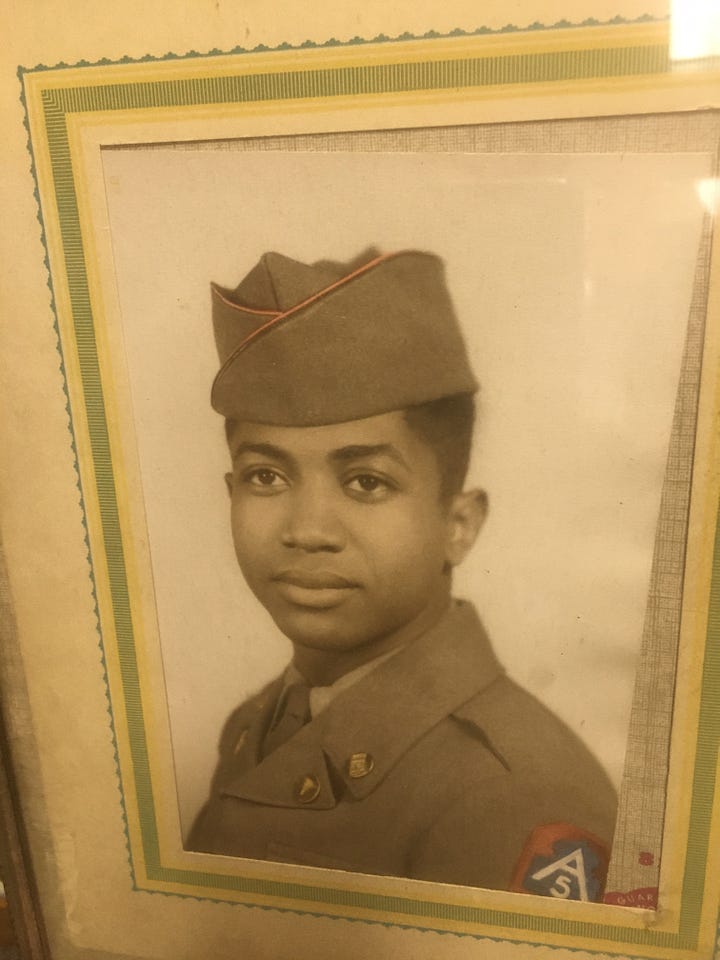
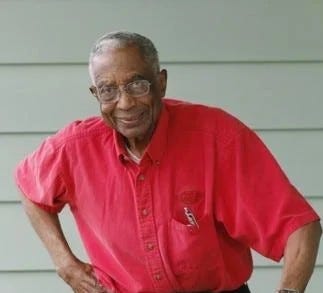
There also is a vast exhibit collection of stamps in the museum commemorating various milestones in Black history. Stamp collecting is a personal avocation of Madison’s. He was even able to secure old-time stamp dispensers many Baby Boomers will recall, as well as a postal box. Madison notes to visitors that a Black inventor, Philip B. Downing, designed a forerunner to the modern U.S. Postal mailbox. The stamp exhibit was developed with help from the Dubuque Tri-County Stamp Club.
There are various items of African cultural origin, like a kalimba, or thumb piano. And there are grim reminders of Jim Crow discrimination, including a “Colored Waiting Room” sign between the admissions desk and a storeroom.
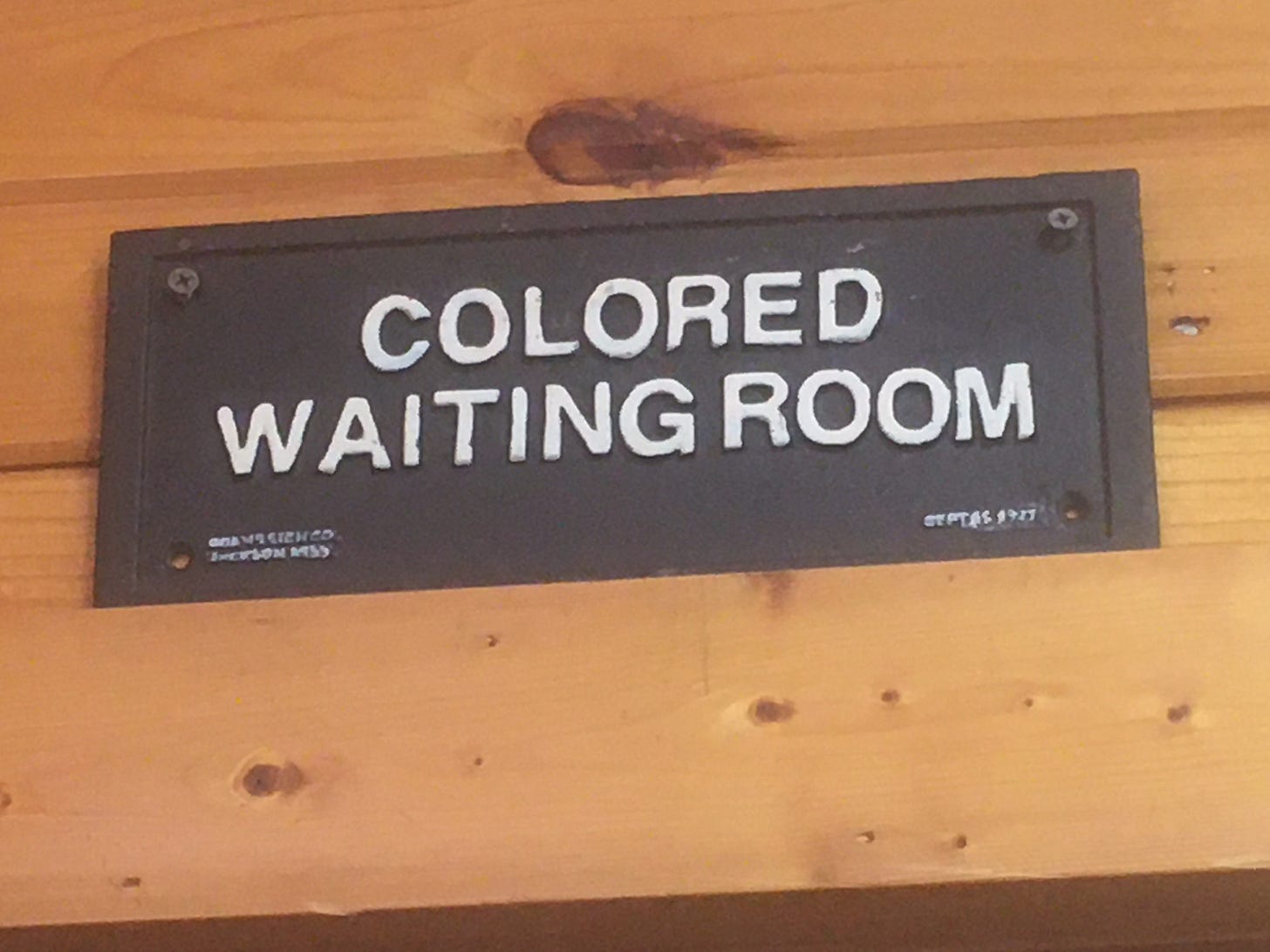
The boxcar museum complements the “Black Stories Collective” permanent exhibit at the Grout Museum District. That exhibit opened in June 2022 in a joint endeavor among the museum, the Black Hawk County NAACP and the Experience Waterloo tourism group. That exhibit contains a number of video-recorded oral histories of prominent individuals in the local civil rights movement and Black pioneers in several professions. The Grout donated display cases to the boxcar museum for the display of artifacts, and have provided advice and support prior to the soft opening.
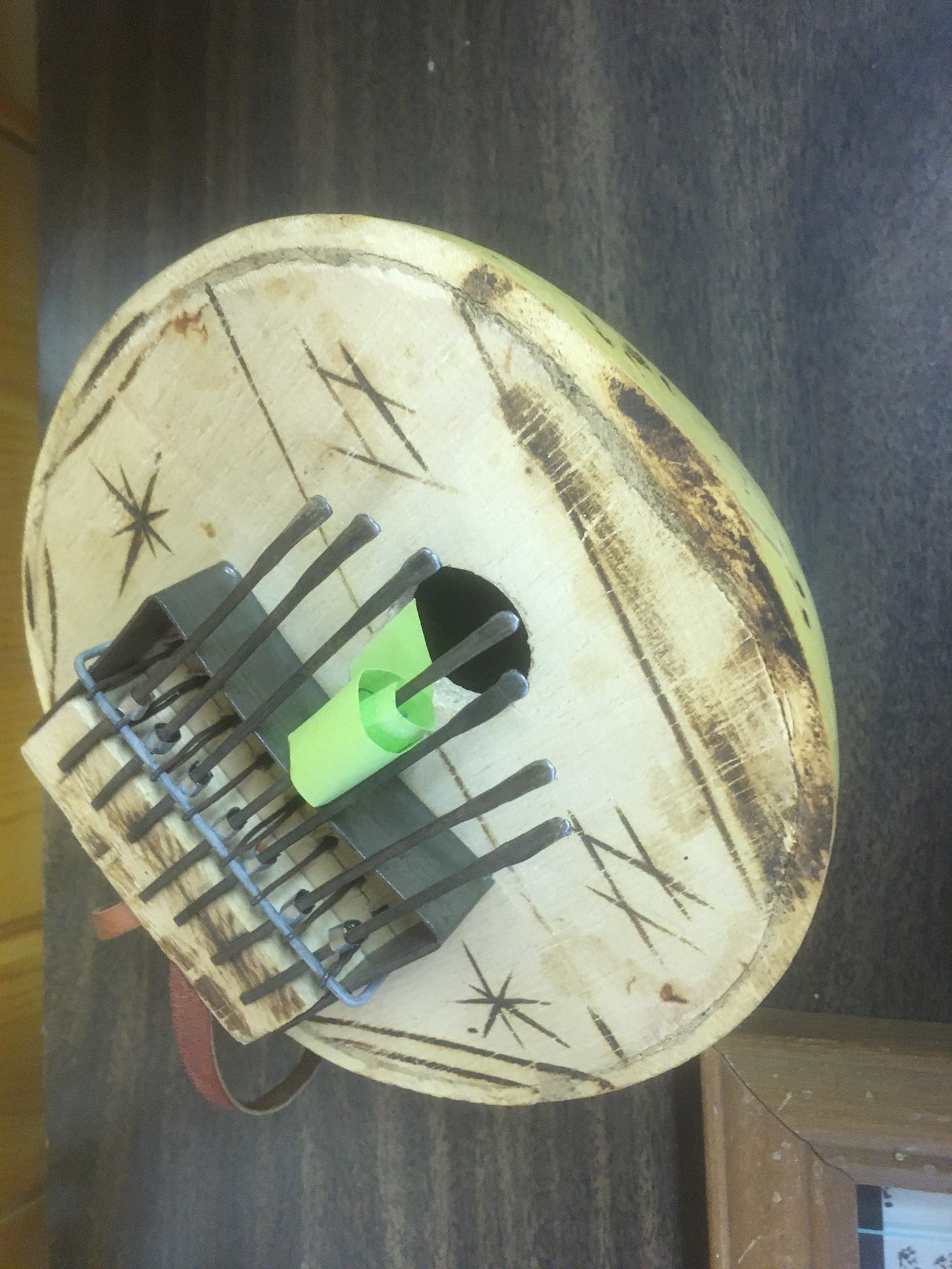
Planning for the museum began in 1996. In 1998, original plans were announced for a museum on the site across from Sullivan Park. In 2005, the Canadian National Railway, following up on a commitment by its predecessor Illinois Central Railroad, donated the boxcar for the museum site, and its interior was renovated into an appropriate exhibition space.
The site, and an adjacent pavilion to the rear of the boxcar added in 2013, have been made available and utilized for community activities. But there had been little development with the boxcar museum itself since 2014 following some leadership turnover. The museum’s longtime former executive director, Melvina Scott, passed away in 2018.
Marcia Griffin, a board member during those times who also served a stint as chair, feels the current revival is gaining momentum. “It’s different now, and in a positive way,“ she said.
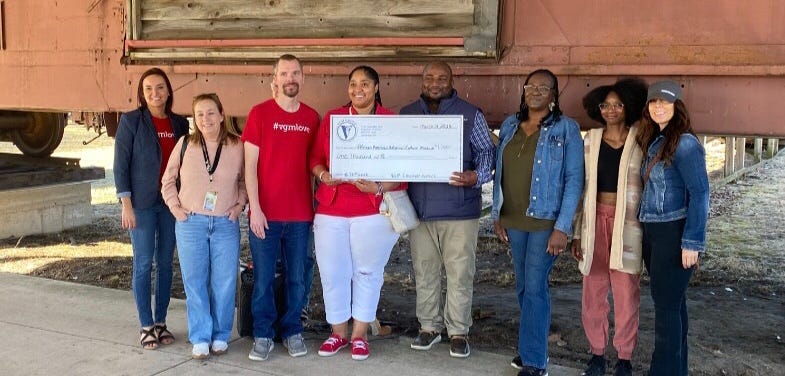
While other larger Iowa cities may have a larger Black population numerically, Waterloo has the highest percentage Black population of any larger city in Iowa — 17 percent, or 11,800, out of a population of 67,300. Black students make up 27 percent of Waterloo public school enrollment. Community leaders consequently felt Waterloo should have its own Black history museum.
A fund has been established at the Community Foundation of Northeast Iowa to accept donations. Organizers are looking to raise about $500,000 to pay for site improvements associated with the planned move of a one-room country schoolhouse to the site for additional artifact and exhibit space. If the museum can get 13,000 people to donate just $30 each, Madison said, they can make it happen. The museum received a $1,000 donation from The VGM Group during the soft opening event. Griffin also is looking at grant opportunities. Museum admission is $5, and $2 for children under 10.
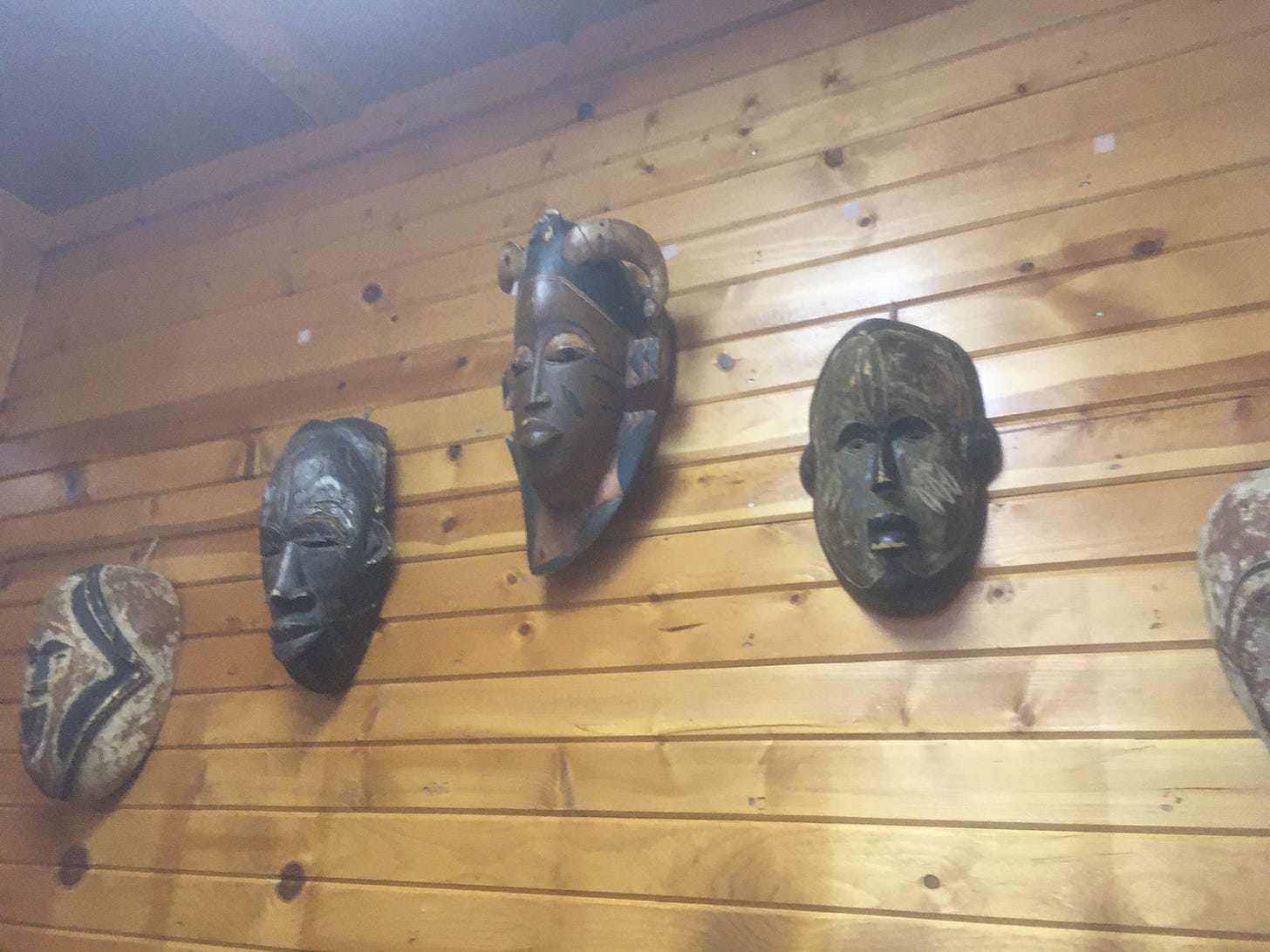
Organizers are looking for volunteers, possibly retired teachers, to staff the museum, as well as donations of artifacts and monetary support. Madison noted a lot of artifact donations have come from outside the community, even out of state, through social media networking and other means, from locales like Georgia. Illinois and Mississippi. It’s friends and family of people who live here, Madison said, or “people who want to see it happen” and learned about it through media accounts or social media.
“I’m really encouraged about where we are currently,” Terrance Campbell said. The current effort reached a low point in November when director Darrell “DJ Daze” Wilder, a popular local on-air radio personality, passed away.
“It was almost a hopeless thing, but the goal was to try and continue,” Campbell said. “And then when Ryan stepped in and his drive and determination, that’s exactly what we needed as a boost to the system to tty to get this thing back going— to get this train rolling. He did that. We’re getting the right people in place. The people that we have here, and the people we continue to reach out to, can see the vision and have the drive to make the vision continue. I’m very encouraged about where we are and where we’re headed.”
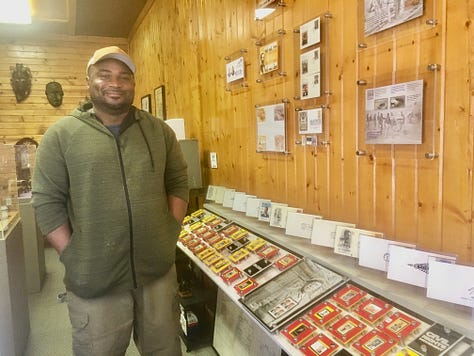
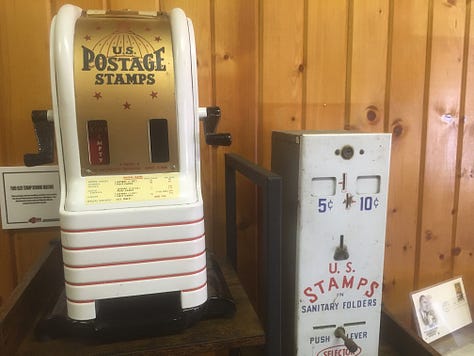
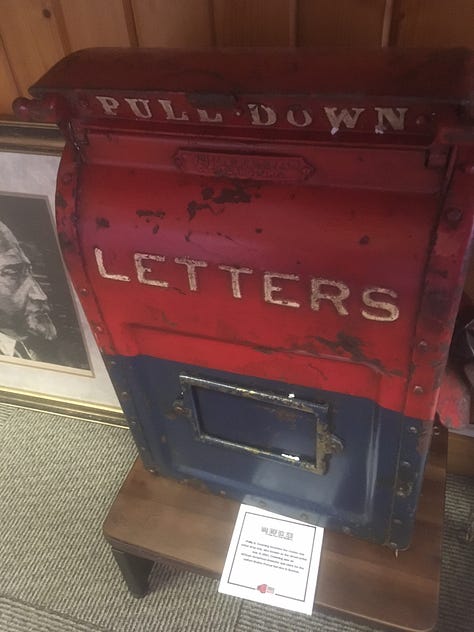
“We have a great group of people,” Madison said. But more help is needed and welcome.
”I can’t iterate enough that we need the community to step up” to make the facility a success, he said.
Griffin said she anticipates the museum, and similar initiatives, are going to receive increased support as people embrace history and inclusion in reaction to current moves to de-emphasize it on a national level.
“I really think, especially by summer, you’re going to see a lot more stuff going on that’s going to drive all of this forward. Just a gut feeling,” Griffin said. “Anywhere anybody can lift up any kind of a part of our history, I think it’s going to explode. If we all work together, stick together, we can make these things happen. And just keep the word out there. There’s a ton of history we don’t even know about. We’re learning new things every day.”
The fact that the boxcar museum is open now for regular hours is something one might figure Ruth Anderson would have been proud of. And as she liked to say, anyone who knew her could reach that conclusion “without fear of contradiction.”
An “African American Historical and Cultural Museum Fund” has been established at the Community Foundation of Northeast Iowa to accept donations. A Facebook page has been set up with a link to that fund and it can be accessed here. The organization’s website, also with a donation option, can be accessed here.
Pat Kinney is a freelance writer and former longtime news staffer with the Waterloo-Cedar Falls Courier and, prior to that, several years at the Ames Tribune. He is currently an oral historian with the Grout Museum District in Waterloo. His “View from the Cedar Valley” column is part of “Iowa Writers Collaborative,” a collection of news and opinion writers from around the state who previously and currently work with a host of Iowa newspapers, news organizations and other publications. They are listed below. Clink on the links to check them out, subscribe for free - and, if you believe in the value of quality journalism, support this column and/or any of theirs with a paid subscription.
The Iowa Writers’ Collaborative




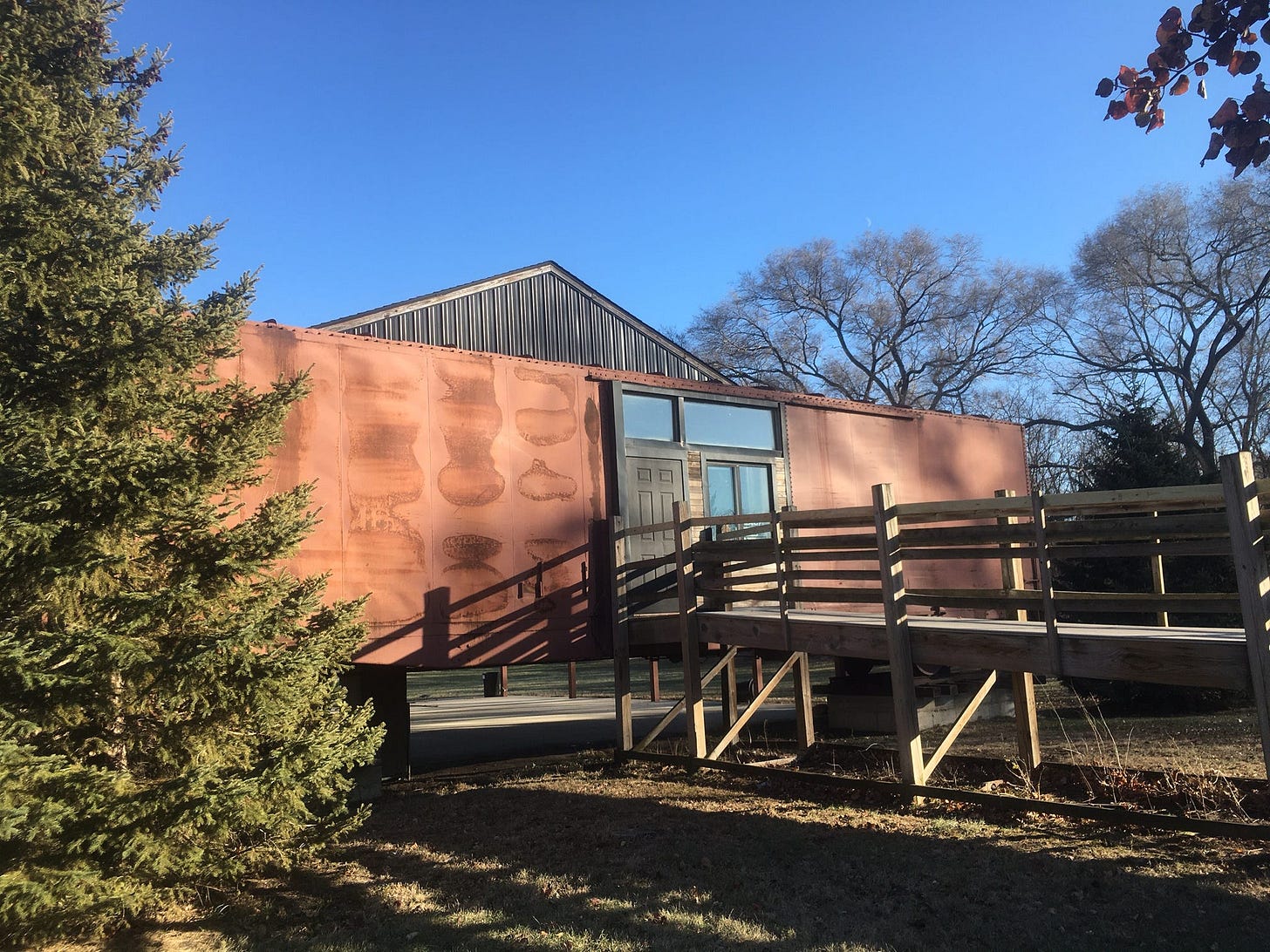
Ruth B. Anderson was my mentor and this museum was her DREAM. I was there when she won election (and later when people told her, "Ruth, you shouldn't take such hard stands. You want to get re-elected" and she just laughed her famous laugh and said, "It took me this long to get here! I'm going to do all I can in THIS 4 years!" She was an amazing leader, a force of nature and a wonderful teacher of all things. Thank you for starting your story with her. I miss her every day.